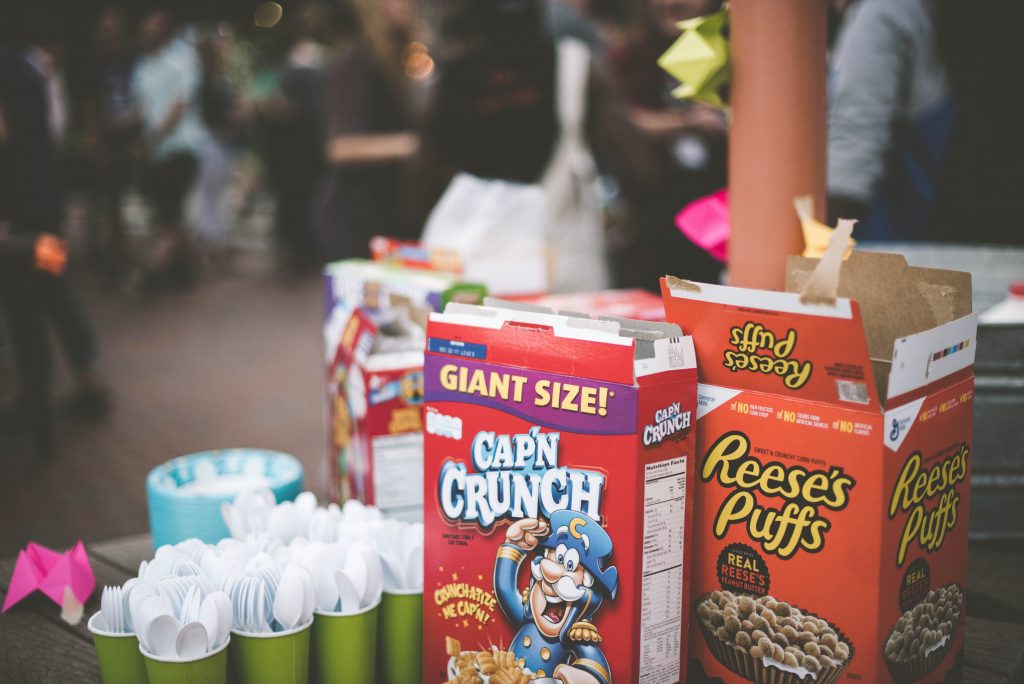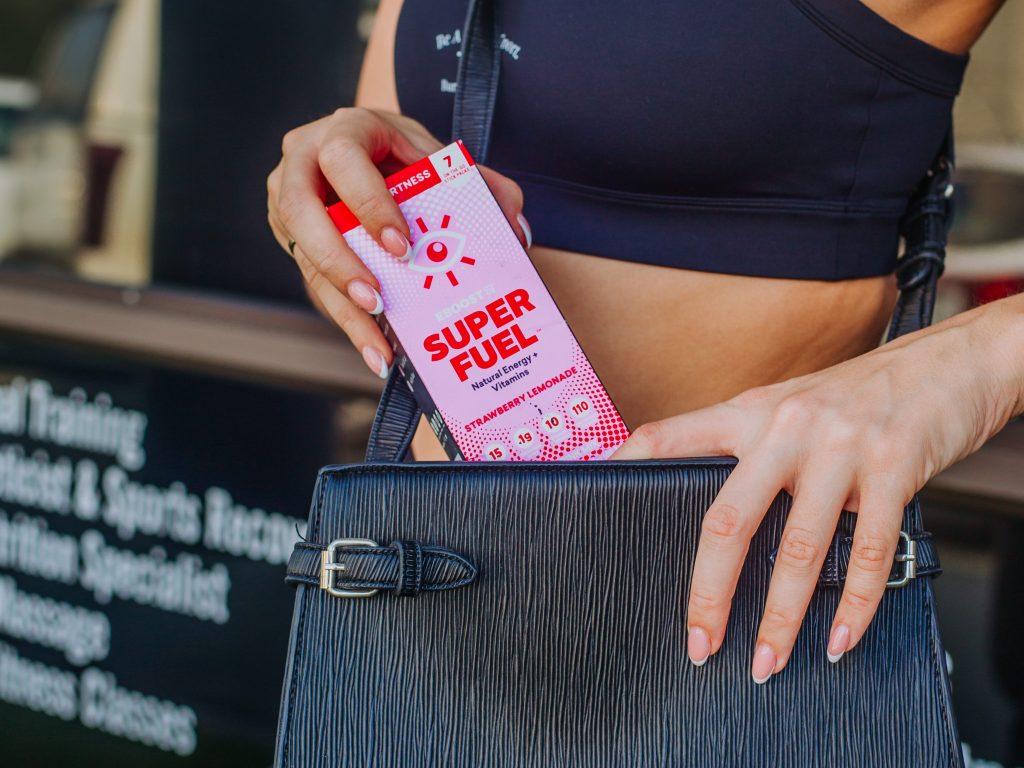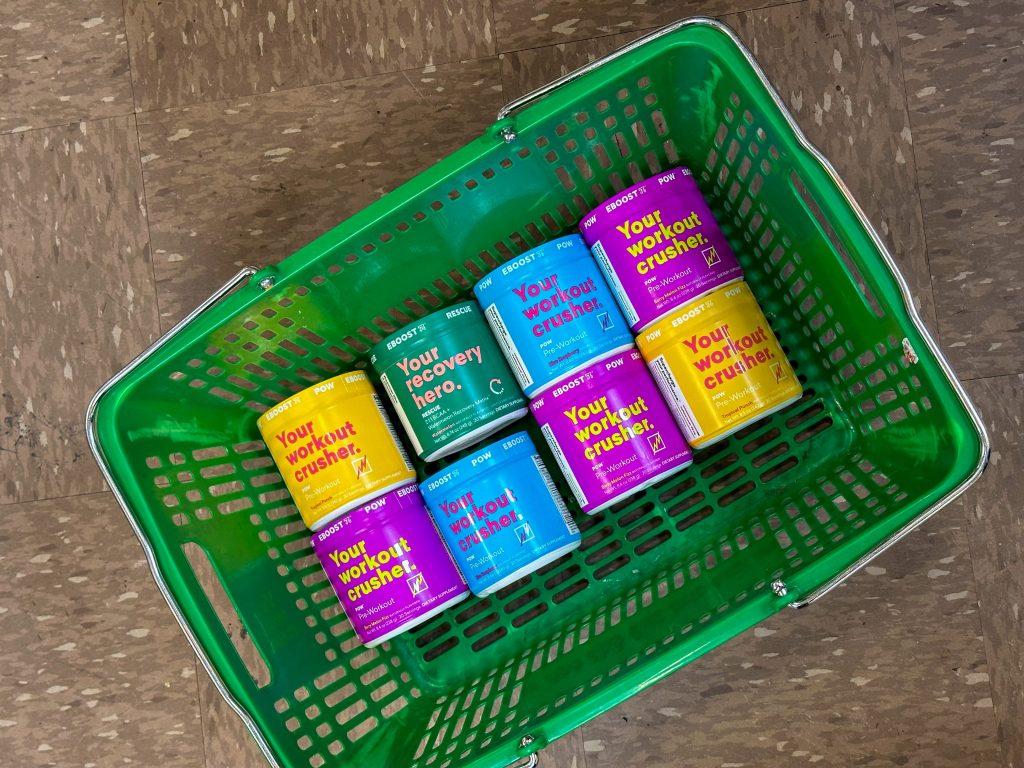
Most of us are pretty familiar, at this point, with what a nutrition label looks like. They include some information, leave some information out, some are hard to read, some are filled with ‘healthy’ buzz words, etc. There has been a big push to get the nutrition label changed and 2020 is the year this starts being implemented. The Food and Drug Administration three years ago started making efforts to change the label and by 2021 all nutrition labels will have to follow new guidelines.
Some companies have already put the new labels on their products but as of January 1, 2020, all food and (non-alcoholic) drink manufacturers with $10 million or more in annual sales are required to have the new nutrition label. Manufacturers with less than $10 million in annual food sales have until January 1, 2021, to comply. This is a huge step in the right direction considering the label hasn’t changed since 1993.
There are 10 changes between the old nutrition label and the new one.
Three of the ‘bigger’ changes that really stand out are: the total calories per serving is in a much larger font, the serving size requirement has changed and added sugar is listed now in the total carbohydrates section.
Serving Size
In the past, companies and manufacturers could put whatever serving size they wanted. The value they put would be driven by how many calories they think would look better and work in their favor to get people to purchase their products. For example, many different drinks that were 12-16oz would put on their label that their product contained two servings when in actuality people are most likely to drink the whole bottle. (Or cereals putting a smaller serving size on their label than what is actually realistic.) Manufacturers would do this because having two servings on their label would show the product containing less sugar or calories for those that weren’t paying close enough attention when really they are actually consuming two servings.
Today, people are eating differently than in 1993, so serving sizes have been out of date for quite some time. The FDA’s updated serving size requirements will now reflect what people actually eat and drink.
Added Sugar
Watching how much sugar we consume is still important but for the first time ever, we will be able to see how much sugar is naturally occurring and how much is added (aka not necessary). Listing added sugars on the Nutrition Facts label now allows consumers to determine the number of sugars, including added sugars that they would be adding to their diets. Not only is this great, but consumers will be able to compare brands of similar products to one another too.
To check out more changes to the Nutrition Label, head over to NYC Food Policy website.
Overall, a major benefit to all the label changes is that they will likely cause brands to think more about what exactly is in their products. This could lead to brands needing to reformulate their recipes to hopefully make them healthier while putting more healthy options on the shelf. Here is to 2020 and the efforts in making our nation healthier.
If you struggle with finding products with little to no sugar, check out our Grocery Store Hacks – 5 Things to Shop for with Less Sugar





